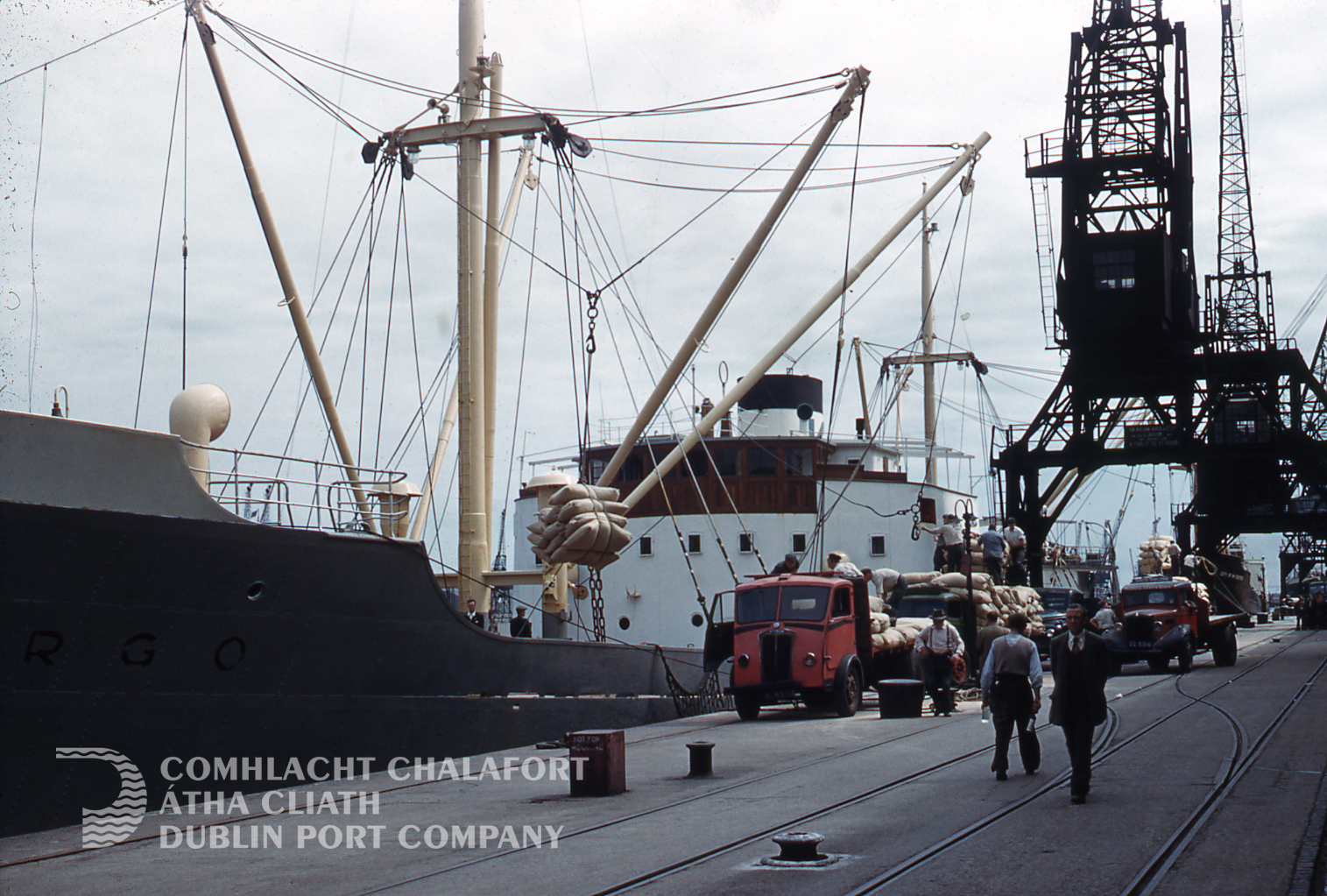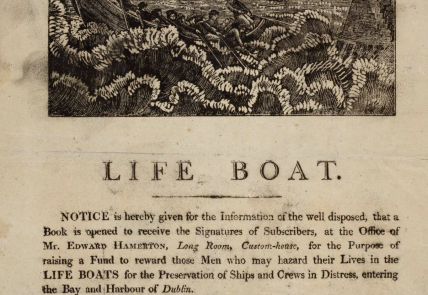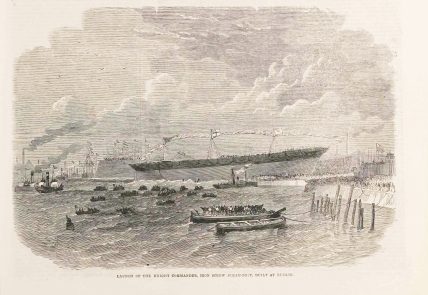
Skerries was already used as a harbour since the Middle Ages. The first pier was built in the late 1490s by the Prior of the Monastery of Holmpatrick. After the reformation the lands went into private hands, and finally were acquired by the Hamilton family in 1721. After getting a government grant, the Hamiltons rebuilt and extended the pier. Skerries had been regarded as the most important fishing harbour in Ireland in the late 18th-century, the local fleet being engaged mainly in herring fishing. In the 1760s they tried to secure more funding without success and defrayed the costs of improving the pier from their own pockets between 1800 and 1821. By then the fishing had greatly declined although sporadic attempts were made to engage in deep-sea fishing for cod off Iceland.
On the basis, no doubt, of his success in having responsibility for Balbriggan harbour transferred to the port board in 1867, Baron Hamilton approached the board in March 1876 seeking consent to a similar transfer of Skerries harbour. After some deliberation the board eventually agreed but insisted on an indemnity from the Holmpatrick estate whereby the estate would be liable for any deficiency in working the harbour, calculated on a three years’ average. In due course the harbour was transferred to the board under the terms of the Skerries Harbour Order 1877. The first work undertaken by the board was the erection of a red light visible for 5 miles in clear weather
Apart from the fishing, the trade of Skerries harbour between 1880 and 1914 consisted mainly of coal imports an exports of local limestone, potatoes and herrings but over the following decade exports practically disappeared while coal imports declined over the ensuing years, the last coal cargoes being unloaded in 1961. However the fishing industry had improved sufficiently to convince the government that the harbour should be improved and m 1968 work commenced on an extension to the pier of 180 feet and a new lighthouse was provided, together with a shelter, lighting, water and fuelling facilities for the fishing vessels.
Help us with the Archive
You can help us to preserve Dublin Port’s rich archival heritage by
donating items or seek advice from us on items in your safekeeping.
Get in touch by completing the contact form below.
We’d love to hear from you!
















